info@chinaadventure.org
86-18008011324
Search
If you are planning a travel to Qinghai and want to know more about the attractions in Qinghai, this article could give you some reference. We listed some top attractions in Qinghai.
No. 1 : Qinghai Lake
Qinghai Lake, historically known as Koko Nor or Kuku Nor, is situated in the Gangcha County, Xining City, Qinghai Province. The names Qinghai and Kokonor both mean "Blue/Teal Sea" in Standard Mandarin and Mongolian. Twenty-three rivers and streams empty into Qinghai Lake, most of them are seasonal. Five permanent streams provide 80% of total influx.
At Qinghai lake, aside from sightseeing, you can also rent a bike to ride along the lake ride or take a boat cruise! Local Tibetan People will do kora around Qinghai lake with Long-knee ritual. It is a good place for photography.
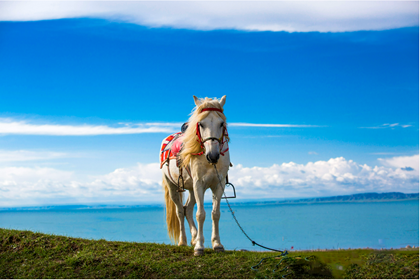
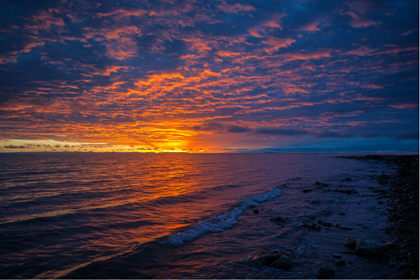
No.2 Chaka Salt Lake
Chaka" means "salt lake" in Tibetan. Chaka Salt Lake is located near Chaka township in Wulan county in the east of the Qaidam Basin of Northwest China's Qinghai province. Silhouetted by the azure sky and floating clouds as well as mountains in the distance, the lake is the mirror of the sky in China.
At Chaka lake, it is nice to take some wedding photos or any other cool photos in colorful ethnic costumes with good design.
At Chaka Lake, it is recommended to take the small train to wander around Chaka lake. When weather permits, the beautiful Sunset and Sunrise view could just take your breath away.
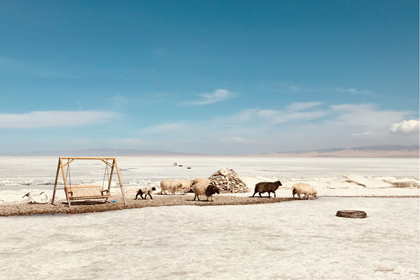
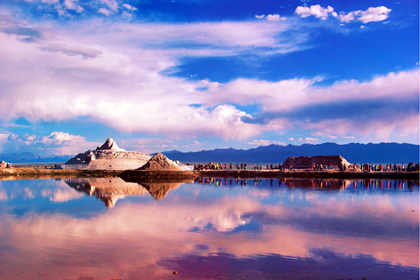
No. 3 Ta'er Monastery
Ta'er Monastery is a very large architectural complex, which includes Buddha halls, scripture repositories, pagodas, lama residences, as well as several religionary colleges. The whole Ta'er Monastery covers more than 144,000 square meters (about 36 acres) with 9,300 rooms and 52 halls. Dajinwa Hall, Xiaojinwa Hall, Dajing Hall, Mile Hall, Shijia Hall, Yigu Hall, Wenshupusa Hall, Darangla Palace, Puti Tower, Guomen Tower and Shilun Tower are the famouse structures in Ta'er Monastery. Some of these are built in a Tibetan architectural style and some are built in a Han architectural style.
It may take you a half day to compelete the sightseeing. To save your time, you can take the shuttle bus to do the sightseeing. Ta'er monastery will also offer professional guide explaination service to help you to understand the history and the religion of this monastery.
Local Tibetan will also come here on daily basis to pay their worship to the Bhuddsim and pray for their family members.
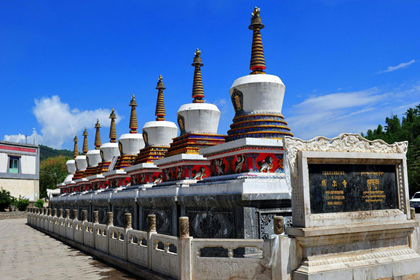
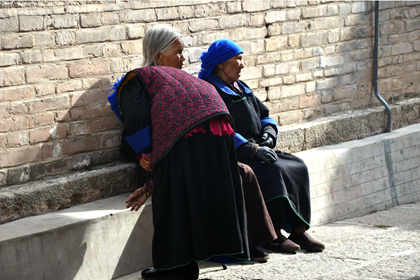
No. 4 Kanbula National Forest Park
The Kanbula area is famous for its unique Danxia landform. Here, the mountain is tall and straight, forceful and magnificent, full of the masculinity, giving out a strong natural scenery charm; This area is also the birthplace of the Houhong period of Tibetan Buddhism with rich cultural connotation. This Danxia landform is less known by tourists by it is certainly worthy of your visit especially in Fall season.
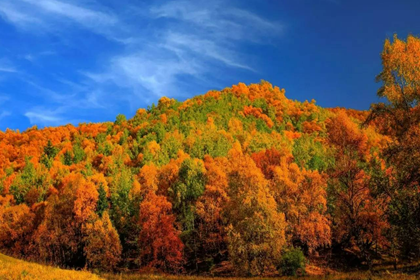
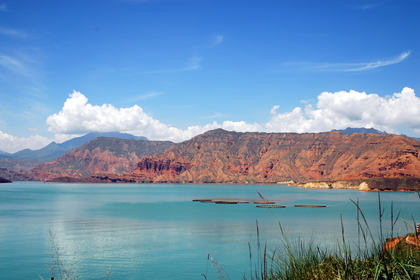
No.5 Longwu temple
Longwu Temple is one of the ancient temples in Qinghai Province, and its largest Gelug temple. It was built in 1301 and already has a history that stretches back more than 700 years with several halls.
The temple is filled with rare and valuable artifacts, as well as several imperial artifacts including seals used by the emperor of the Ming Dynasty. The temple has organically grown over its long history, what started as a prayer hall expanded to know include a scripture hall, an astronomy room, several courtyards as well as beautiful grounds. The largest prayer room within the temple is over 1700 square meters. If you want to know more about Tibetan Religion and Bhuddism, this temple should be a must see list. This temple is quite and away from crowds. There will be celebration for new year and nearby local Tibetans shall gather around here.
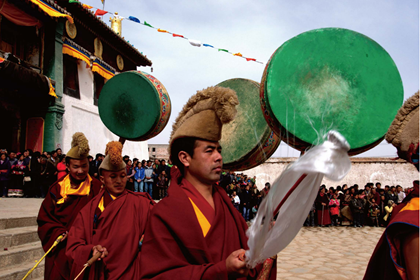
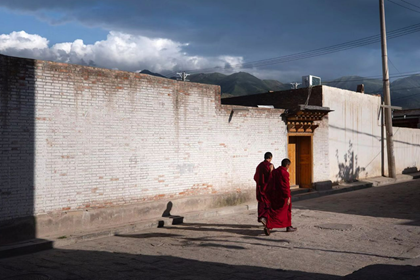
No.6 Wutun Temple
Wutun Temple is divided into the "lower" and "upper" temple. This classically styled temple is filled with ancient Tibetan treasures: frescos and weavings. The temple is widely renowned across Qinghai; these two half-temples combine a comprehensive record of the religious history of Tongren and Qinghai.
Wutun in Tibetan translates as "the temple located in the area of prosperity", constructed in 1645 the temple is famous for its invaluable collection, including Sakyamuni's hair and other Buddhist relicts. The monks of the temple have also been unceasingly collecting new relics to add to the already substantial collection that exists within the upper and lower temple, such is the value of this collection that the Wutun Temple is often referred to as an "art college".
During New Year time, there will be Giant Thangka Exhibition and performance to celebrate the new year, similar to Shoton festival-Thangka exhibition in Drepung monastery
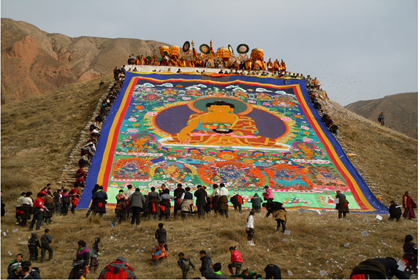
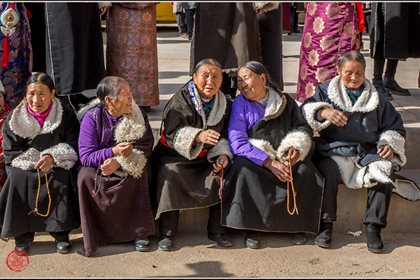
No.7 Rebkong Art museum
It is a famous historic and cultural city located in picturesque southern Qinghai, in the Tibetan Nanzhou County.
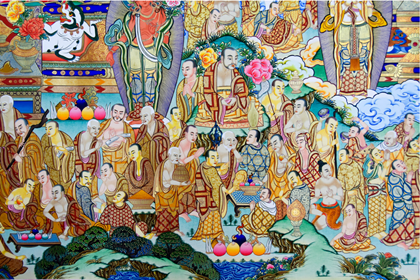
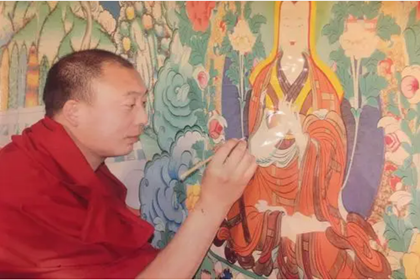
No.8 Yushu-Sanjiangyuan
The Three-River Source National Nature Reserve (Three-River Headwaters or Sanjiangyuan National Nature Reserve) is the largest nature reserve in China and the most concentrated reserve of living creatures in high altitude localities. It is also the highest natural wetland in China and the origin of the Yangtse River, the Yellow River and the Lantsang River. This reserve is situated in south Qinghai Province, which is also the hinterland of the Tibetan Plateau.
Mountains, waters, plants, animals and lots of other scenery form a wonderful and fascinating picture.Three-River Source Monument lying on the Tongtian (go to heaven) River is made from granite. There are two big hands on it which represent the Three-River Source is being protected by human beings. The characters on the front are titled by Chinese ex-president Jiang Zemin and the monumental essay on the back is written by another eminent person, Bu He
Due to good protection this year, by good chance, you will see wild precious birds, wild ass and antelops etc. Here the local Tibetan people also depend their living on Cordyceps

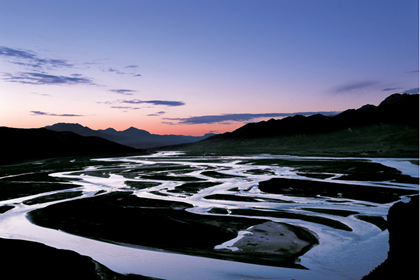
No.9 Yushu-Hoh Xil Nature Reserve
It is also one of the nature reserves built in China with large area, high altitude and rich wildlife resources. Hoh Xil is known as the "forbidden zone of life" because of its cold climate and harsh natural conditions. To protect the reserve, tourists are not allowed to go deep in the scenic area but you can appreciate its beauty on the highway nearby.
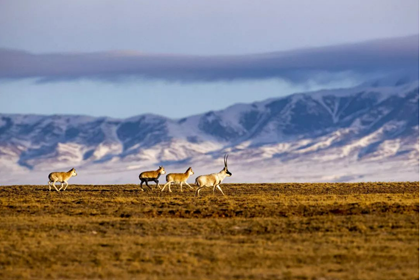
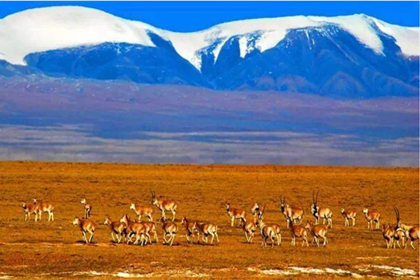
No.10 Qilian Mountain -Mt.Qilian
The four seasons of Qilian Mountains are never very clear. The so-called “Qilian snow in June” is portraying of Qilian Mountain’s climate and natural landscape.
The primeval forest scenic spot of Qilian Mountain is very charming. After the summer begins, there is an endless green ocean in the forest. In the primeval forest area of Qilian Mountain, there are 157,000 hectares and more than 2 million cubic meters of forest resources. It is one of the larger forest areas in Qinghai Province. There are shrubs, cypresses, poplars and other trees, as well as shrubs, black thorns, and willows. In addition, there are many wandering deer herds among the jungles of the Qilian Mountains.
No.11 Menyuan Cole flower - Summer time
Meyuan Cole Flower in Summer Time is quite a view, you will see a vast coverage of cole flower. You can speed train for Menyuan flower sightseeing, very convenient and time saving

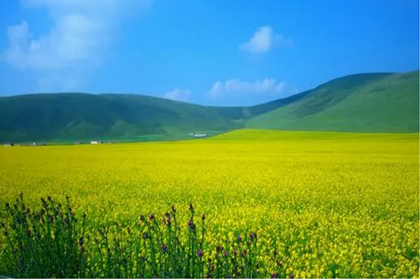
No. 12 Guide - Yellow River
Yellow River also named Huanghe river is referred to be the Mother river for China . Only in Guide, you can see yellow river is super clean without sand. It is also famous for its unique Danxia Land form
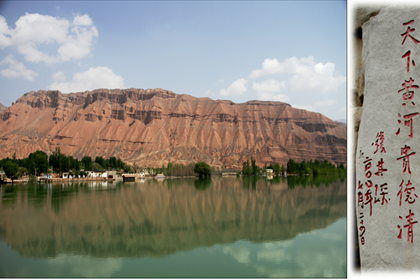
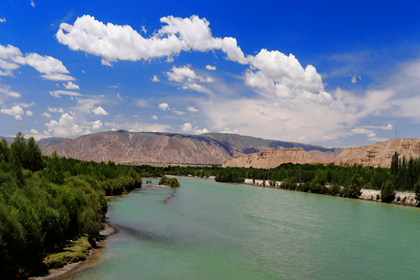
we’ll reply you in 24 hours!
Copyright © 2012-2024 All Rights Reserved to chinaadventure.org